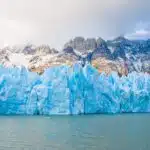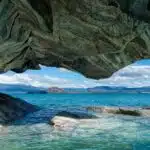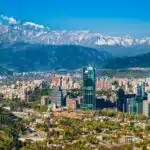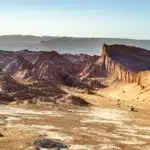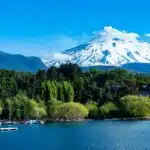Easter Island, known as Rapa Nui to its native Polynesian inhabitants, is one of the most remote and enigmatic places on Earth. Located in the southeastern Pacific Ocean, this small island is famous for its mysterious moai statues, ancient culture, and breathtaking landscapes. As a UNESCO World Heritage site, Easter Island offers a unique blend of history, archaeology, and natural beauty, making it a must-visit destination for travelers seeking a journey into the unknown.
The Fascinating Moai Statues
The moai statues are the most iconic and recognizable feature of Easter Island. These monolithic human figures, carved from volcanic tuff between the 13th and 16th centuries, are scattered across the island, with many standing on stone platforms called ahu. The largest of these statues stands over 30 feet tall and weighs more than 75 tons. The purpose and significance of the moai remain subjects of debate among scholars, adding to their mystique.
- Rano Raraku (Moai Quarry) A UNESCO World Heritage site and the most iconic archaeological location on the island. This volcanic crater is the site where the famous Moai statues were carved. You’ll find over 400 statues in various stages of completion, offering a glimpse into the island’s history and craftsmanship.
- Ahu Tongariki A restored ceremonial platform with 15 standing Moai statues set against the backdrop of the ocean and the mountains. The largest and most impressive collection of Moai, especially stunning at sunrise.
- Ahu Akivi A ceremonial platform with seven Moai statues, uniquely positioned to face the ocean, unlike most other Moai which face inland.
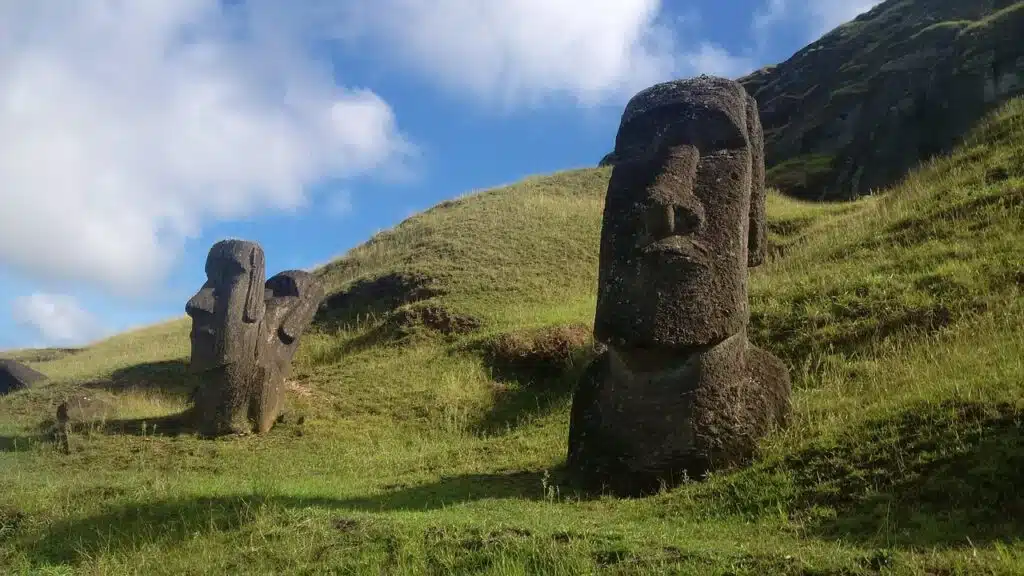
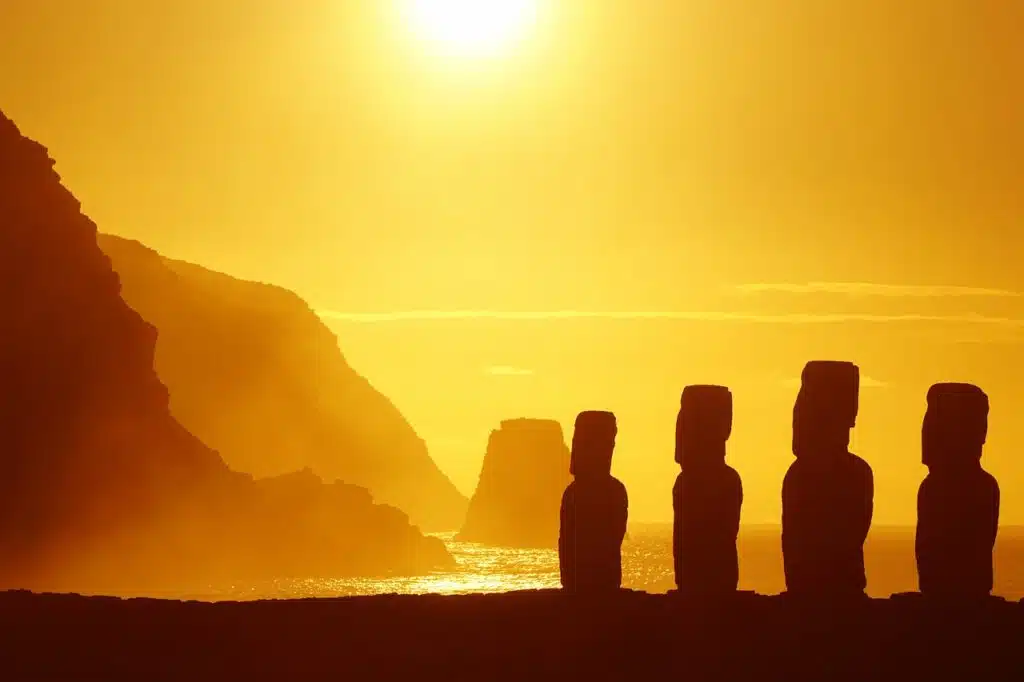
- Rano Kau crater is one of Easter Island’s most impressive volcanic craters, and it’s home to the ceremonial village of Orongo. The crater itself is a natural wonder, with steep walls surrounding a freshwater lake covered in floating vegetation. The view from the crater rim is breathtaking, with panoramic vistas of the island and the vast Pacific Ocean.
- Orongo Ceremonial Village. This stone village sits on the edge of the Rano Kau volcano and was once the center for the Tangata Manu birdman cult, a ritual competition in which participants vied to collect the first egg of the season from the islets off the coast. The site includes petroglyphs and spectacular views of the crater lake and the nearby islands.
- Anakena Beach: While Easter Island is known for its archaeology, it also boasts beautiful beaches, with Anakena being the most famous. This white sand beach, fringed by coconut palms and turquoise waters, offers a perfect spot for relaxation. The beach is also home to a group of moai, including the well-preserved Ahu Nau Nau, making it a unique blend of cultural and natural beauty. Swimming, sunbathing, and picnicking are popular activities at Anakena, and the beach’s warm waters provide a refreshing break from exploring the island’s archaeological sites.
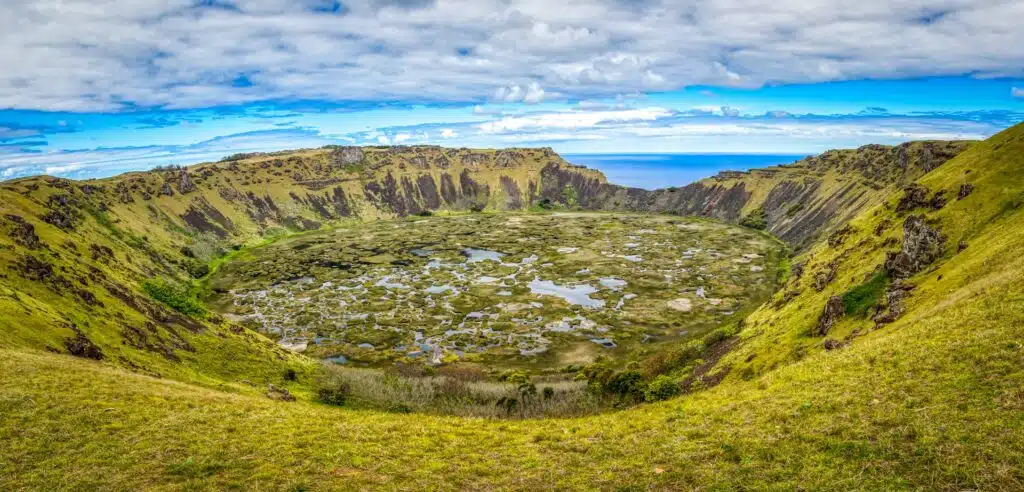
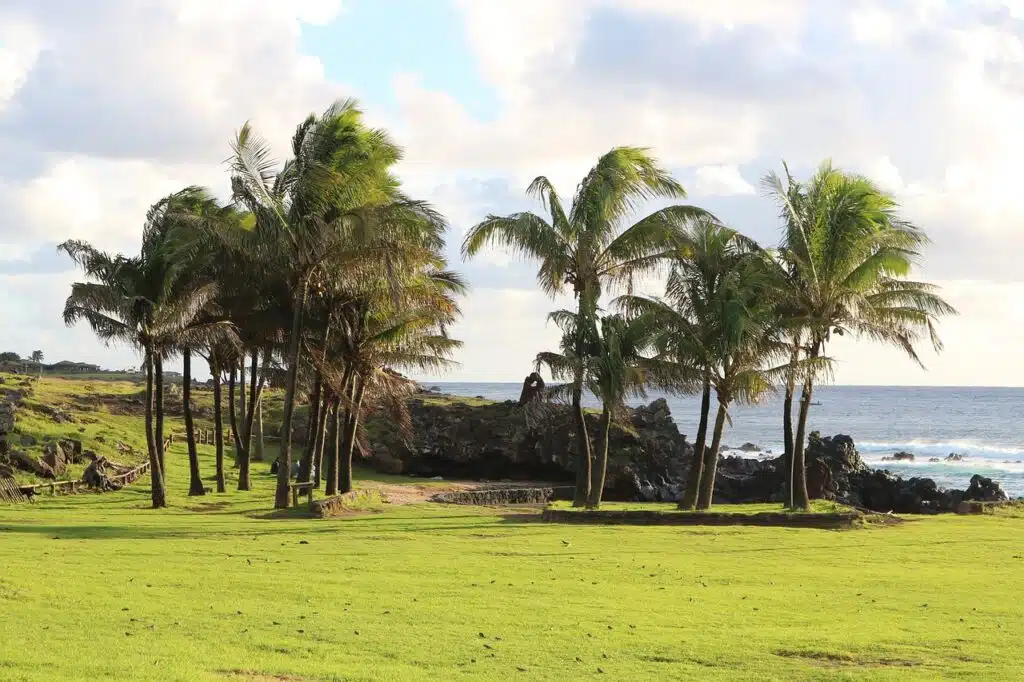
Exploring the Island by Foot or Bike
Easter Island is small enough to explore on foot or by bicycle, allowing you to fully immerse yourself in its landscapes and culture. Hiking trails crisscross the island, leading to hidden moai, volcanic craters, and ancient petroglyphs. One popular hike is to the summit of Terevaka, the highest point on the island, where you’ll be rewarded with 360-degree views of the island and the surrounding ocean.
Cycling is another great way to explore, with the island’s roads and trails offering a mix of challenges and stunning scenery. Renting a bike in the main town of Hanga Roa is easy, and you can pedal your way to remote archaeological sites, secluded beaches, and scenic overlooks.
The Rich Culture of Rapa Nui
Beyond its famous statues, Easter Island is a place with a rich and vibrant culture. The Rapa Nui people have preserved many of their traditions, from the ancient art of carving moai to the lively music and dance that are integral to island life. Visitors can experience this culture firsthand by attending a traditional Rapa Nui dance performance, where dancers in elaborate costumes perform to the beat of drums and the strumming of ukuleles.
The annual Tapati Rapa Nui festival, held in February, is another fantastic opportunity to witness the island’s culture. This event celebrates the heritage of the Rapa Nui people with a series of competitions, including traditional sports, body painting, music, and dance. The festival culminates in the crowning of the Tapati queen, who represents the island for the year.
Diving and Snorkeling in Easter Island’s Waters
Easter Island’s isolation in the Pacific Ocean makes it a unique spot for diving and snorkeling. The island’s waters are known for their clarity, with visibility often exceeding 50 meters (164 feet), allowing for incredible underwater views. The marine life around Easter Island is rich and diverse, with species found nowhere else on Earth.
One of the highlights of diving in Easter Island is the opportunity to see underwater moai. While these statues were placed in the water as part of an artistic project rather than being ancient relics, they create an eerie and fascinating dive site. The coral reefs around the island are also home to colorful fish, sea turtles, and occasional sightings of hammerhead sharks and manta rays.
Travel tips to Visit Easter Island
When to Visit Easter Island
The best time to visit Easter Island is during the spring (September to November) and autumn (March to May), when the weather is mild, and the crowds are smaller. Summer (December to February) is the peak tourist season, with warm temperatures and a bustling atmosphere, especially during the Tapati festival. Winter (June to August) sees cooler temperatures and more rain, but it’s still a good time to visit if you prefer fewer tourists.
Getting to Easter Island
Easter Island is one of the most remote inhabited places in the world, with the nearest continental landmass over 3,500 kilometers (2,200 miles) away. The only way to reach the island is by air, with regular flights from Santiago, Chile, and occasional flights from Tahiti. The flight from Santiago takes about five and a half hours, making it a journey into the heart of the Pacific Ocean.
Easter Island is a destination like no other, offering a unique blend of mystery, history, and natural beauty. Whether you’re marveling at the towering moai statues, exploring ancient ceremonial sites, or simply enjoying the island’s serene beaches, Easter Island promises an unforgettable experience.
As you wander through this remote and mystical land, you’ll be transported to a place where the past and present intertwine, creating a sense of wonder and connection to one of the most fascinating cultures in human history.

